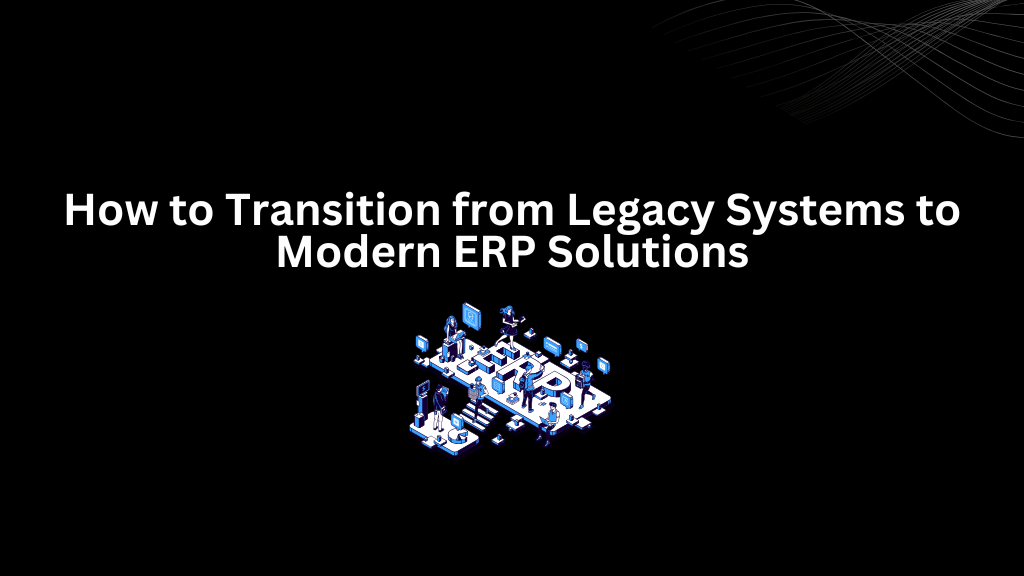Transitioning from legacy systems to modern ERP solutions is a crucial step for businesses aiming to streamline operations, enhance efficiency, and stay competitive in today’s fast-paced market. However, the process can seem daunting without a clear roadmap. This guide breaks down the transition process, highlights its benefits, and ensures you’re prepared for a successful ERP upgrade.
Why Transition from Legacy Systems?
Legacy systems are outdated technologies that can no longer meet the dynamic needs of modern businesses. Here’s why transitioning is essential:
- Lack of Scalability: Legacy systems struggle to adapt as businesses grow or diversify.
- High Maintenance Costs: Maintaining old systems is often more expensive than upgrading.
- Security Risks: Legacy systems are vulnerable to cyberattacks due to outdated security measures.
- Integration Challenges: They often fail to integrate seamlessly with modern tools and technologies.
Upgrading to a modern ERP solution addresses these challenges by providing scalability, enhanced security, and real-time insights.
Steps to Transition from Legacy Systems to Modern ERP Solutions
1. Evaluate Your Current System
Start by identifying the limitations of your legacy system. Assess factors like system performance, user experience, and maintenance costs.
2. Define Business Goals
What do you aim to achieve with a modern ERP system? Improved productivity, better reporting, or enhanced customer service? Defining goals will guide your selection process.
3. Choose the Right ERP Solution
Look for an ERP system that aligns with your business needs. Popular options include SAP Business One, Oracle NetSuite, and Microsoft Dynamics. Consider factors such as:
- Cloud vs. On-premises deployment
- Customization capabilities
- Integration with existing tools
4. Create a Transition Plan
A detailed plan ensures a smooth migration process. Key components of the plan should include:
- Data Migration: Identify and clean data for transfer.
- Training Programs: Equip employees with the skills to use the new system effectively.
- Timelines: Set realistic deadlines for each phase.
5. Engage a Trusted ERP Partner
Partnering with an experienced ERP provider ensures technical expertise and ongoing support. Companies like 3techno specialize in guiding businesses through seamless transitions.
6. Test Before Full Implementation
Conduct pilot tests to identify and resolve any issues before full-scale deployment.
7. Monitor and Optimize
After implementation, continuously monitor the system’s performance and gather feedback to make necessary adjustments.
Benefits of Modern ERP Solutions
- Streamlined Operations: Automates repetitive tasks and improves workflow efficiency.
- Data-Driven Insights: Offers real-time analytics for informed decision-making.
- Enhanced Collaboration: Facilitates seamless communication across departments.
- Cost Savings: Reduces operational costs by optimizing resources.
- Scalability: Grows with your business needs, ensuring long-term viability.
Why Choose 3techno for Your ERP Transition?
At 3techno, we specialize in helping businesses modernize their operations with state-of-the-art ERP solutions. With expertise in SAP Business One, Oracle NetSuite, and Microsoft Dynamics, we deliver customized ERP systems tailored to your specific needs.
Why 3techno?
- Proven track record in ERP implementation and customization.
- Dedicated support throughout the transition process.
- Expertise in ensuring data security and compliance.
- Scalable solutions for businesses of all sizes.
Partner with 3techno to make your ERP transition seamless and stress-free.
Transitioning from legacy systems to modern ERP solutions may seem challenging, but with the right approach and trusted partners like 3techno, the process becomes a strategic move toward long-term success.

